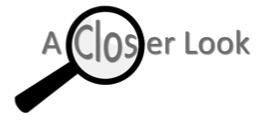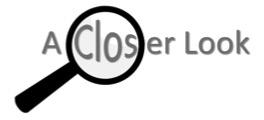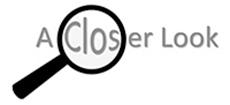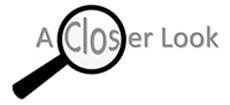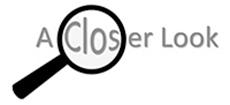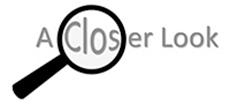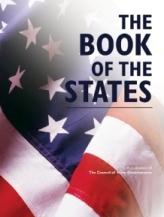Women in State Legislatures 2017
by Kelly Dittmar, Ph.D.
Fact SheetResearchCAWP ScholarA Closer LookCandidates and CampaignsGender and Race/EthnicityState LegislatureWomen in Statewide Elected Executive Office 2017
by Kelly Dittmar, Ph.D.
Fact SheetResearchCAWP ScholarA Closer LookCandidates and CampaignsGender and Race/EthnicityStatewide ExecutiveWomen in the 115th Congress
by Kelly Dittmar, Ph.D.
Fact SheetResearchCAWP ScholarA Closer LookPolitical PartiesGender and Race/EthnicityCongress#WomenRun2016: Statewide Elected Executive Office Outlook
by Kelly Dittmar, Ph.D.
Fact SheetResearchCAWP ScholarA Closer LookCandidates and CampaignsGender and Race/EthnicityStatewide ExecutiveWomen’s Decisions to Run for Office: A Relationally Embedded Model
by Kira Sanbonmatsu and Susan J. Carroll
Book chapter in The Political Psychology of Women in U.S. Politics, edited by Angela L. Bos and Monica C. Schneider (New York: Routledge, 2016)Book ChapterResearchCAWP ScholarCandidates and CampaignsCandidate RecruitmentState Legislature#WomenRun2016: State Legislative Outlook
by Kelly Dittmar, Ph.D.
Fact SheetResearchCAWP ScholarA Closer LookCandidates and CampaignsState Legislature#WomenRun2016: U.S. House Outlook
by Kelly Dittmar, Ph.D.
Fact SheetResearchCAWP ScholarA Closer LookCandidates and CampaignsGender and Race/EthnicityCongress#WomenRun2016: U.S. Senate Outlook
by Kelly Dittmar, Ph.D.
Fact SheetResearchCAWP ScholarA Closer LookCandidates and CampaignsGender and Race/EthnicityCongressWomen in State Government: Still Too Few
by Susan J. Carroll
in The Book of the States, Vol. 48 edited by The Council of State Governments (Lexington, KY: The Council of State Governments, 2016).ArticleResearchCAWP ScholarCandidate RecruitmentWomen Political AppointeesImpact of Women Public OfficialsState LegislatureStatewide ExecutiveOfficeholding in the Fifty States: The Pathways Women of Color Take to Statewide Elective Executive Office
by Kira Sanbonmatsu
Book chapter in Distinct Identities: Minority Women in U.S. Politics, edited by Nadia E. Brown and Sarah Allen Gershon (New York: Routledge Press, 2016)Book ChapterResearchCAWP ScholarCandidates and CampaignsCandidate RecruitmentGender and Race/EthnicityStatewide Executive
Research and Scholarship
CAWP research and research by CAWP scholars that addresses emerging questions about American women's political participation.



